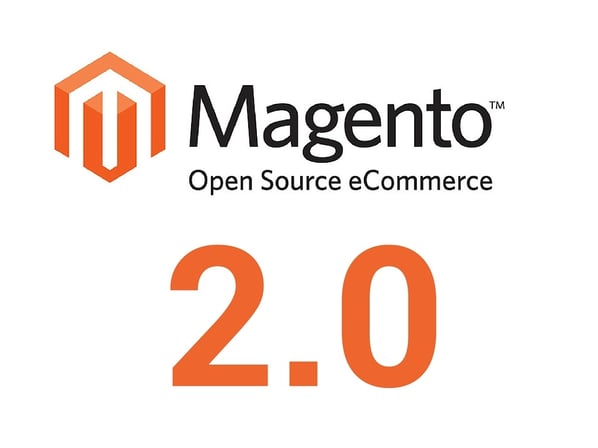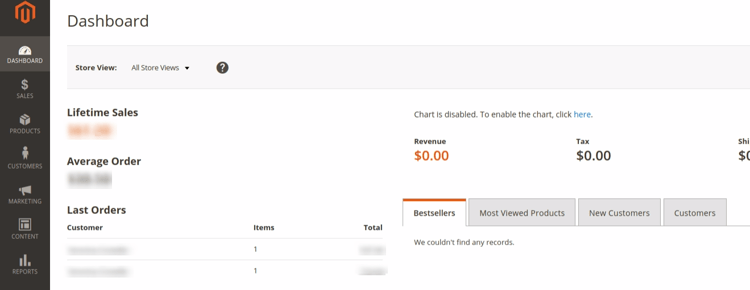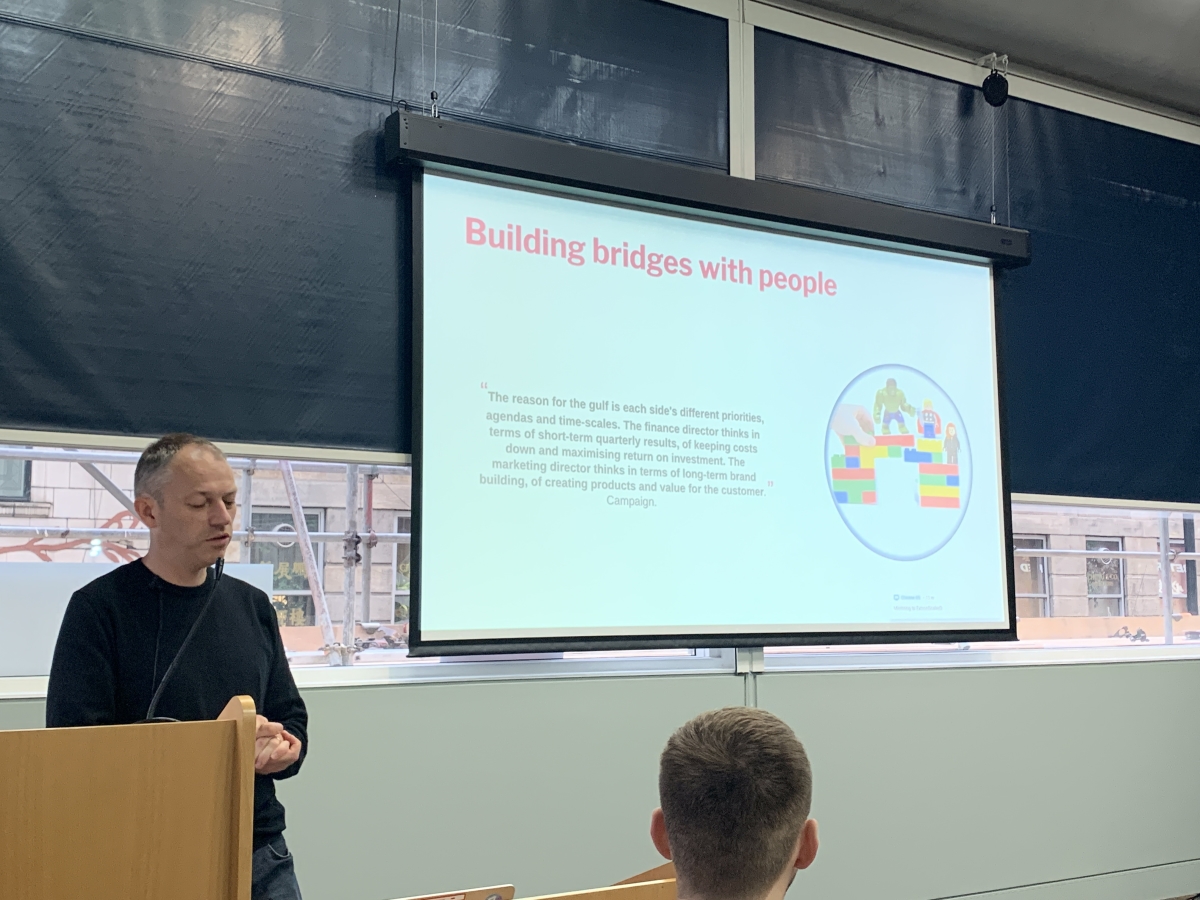Entering 2022 can feel daunting, no matter who you are or what industry you work in. Wherever you...
At the end of last year, Magento 2.0 was released. We look at what's new and answer the most important question of all: is Magento 2.0 good for Inbound Marketing?

As Magento 2.0 was released just before Christmas, some businesses refrained from moving over. It can be risky business moving over to a new platform during that time of year.
However even as we get into 2016, we can see people are still refraining from moving over. The main reason is :
At the moment there is no simple and easy option to upgrade from Magento 1.9.X to 2.0.
The major problems stopping eCommerce sites from updating to 2.0:
- Extensions need to be migrated
- Some themes aren't compatible with the new platform
If you've got a developer on hand, they will be able to confront these issues, but even so, they have a colossal task ahead of them.
Many businesses are waiting for the additional upgrades to come out so it's easier to move over to 2.0. If you don't want to face the hassle of upgrading from 1.9X to 2.0, just be patient.
This shouldn't put you off from upgrading to the 2.0 version when the time comes. There's lots of exciting opportunities to take advantage of.
What's new with Magento?
Improved admin area
For a long while, the admin area in Magento was outdated and at times was very troublesome to navigate around.
Magento 2.0 has done a major refurbishment of the new admin area.

It's a little confusing at first because original locations have changed. However once you get used to the new layout, you can tell it's faster and more user-friendly (and touch friendly too!).
Improved performance
What's great about Magento 2.0, is it has all the original features that made Magento originally great, and has made them even better.
- Indexing: there are more efficient updates to improve the speed and performance of the default indexers.
- Magento performance toolkit: You can test codes to see how they perform.
- Full page caching: All content on a static page is cached - this reduces server load!
Magento 2.0 has been integrated with Varnish Cache to increase caching speed.
Many of the new updates in Magento are speed related. Speed performance on websites is important for many online users and is considered an important ranking factor.
Improved mobile shopping
In recent years, more people shop online via their smart phones or on tablets. And along with Google's announcement in 2015 that all sites had to be mobile friendly, it's essential for sites to be mobile responsive.
Magento 2.0 has improved shopping performance for shoppers by offering mobile responsive themes and designs.
Improved conversion rates
Magento 2.0 has simplified the checkout process. Originally, it wanted new customers to sign up and hand over lots of information before reaching the checkout. This could be frustrating for customers. Now, Magento has reduced the sign up process so customers can reach the checkout faster - this will certainly benefit conversion.
There are many other improvements to the new and improved Magento.
However the biggest question we have is:
Is Magento 2.0 good for Inbound Marketing?
Whilst you may want to refrain from updating to 2.0, as you wait for new extensions that help you migrate your site over safely. You can see how Magento will benefit your Inbound Marketing strategy:
1) Mobile responsive themes
If many of your customers use mobile devices, using the outdated Magento can be harmful to your ROI. Now that Magento 2.0 is using responsive themes and extensions, it'll benefit the user experience of people visiting your site.
2) Faster page speed
Updated caching and other page speed updates will benefit inbound marketing strategies. Today's buyers want answers to their questions instantly. Faster page speeds means there is a lower chance of buyers retreating and going to your competitor's site.
3) Benefits user experience
User experience is perhaps one of the most important factors you need to conquer in your inbound strategy. Even if your site has useful information. Many online visitors will be tempted to leave if they don't like your site layout.
The Magento 2.0 performance toolkit lets you test new scripts more effectively.
4) Higher conversions
From the Buyer's Journey, we can understand the process many buyers go through. Magento's improved checkout system will help potential customers reach the checkout faster and increase the number of visitors who convert into customers.
Less delays means lower chances of buyers getting distracted or changing their mind.
We've covered some of the benefits of Magento 2.0. So, what makes it an inappropriate platform for an inbound marketing strategy?
1) No complete marketing automation system
What's great about an inbound platform like Hubspot is you can create you own marketing automation systems. Once you get a new contact, they can be added to an email workflow.
Marketing automation isn't built into Magento 2.0. There are different extensions available so you can send automated emails but it lacks in-platform features that Hubspot has.
2) No social publishing
Social media plays an important role in inbound marketing because along with SEO and blogging, social media helps to attract people to your site.
Magento doesn't have an in-platform social scheduling system which means you'll have to do social sharing manually or use another scheduling platform.
3) Lacks inbound methodology features
Of course, as Magento is solely an eCommerce platform, it naturally won't have all the features that makes inbound marketing successful.
Whilst Magento offers a blog, it doesn't have all the inbound features you need to create a blog that is optimised for conversion. From Magento, you can't create CTAs and most importantly of all, you can't access detailed reports of each customer's buyer's journey.
Our verdict
Overall, we can see many benefits of using Magento 2.0 as your platform for your inbound marketing strategy. Magento has improved the userability and performance to help you improve your conversion rate. However, it lacks some of the key factors every inbound marketing strategy needs, like: a marketing automation system and social tools.
It's possible to use other marketing automation systems alongside of your Magento 2.0, but daily jobs can get more difficult when you're juggling between platforms. It's possible Magento 2.0 might bring out future extensions that make it a multi-tasking machine like Hubspot, but at the moment it's not entirely suitable for an inbound strategy.
Learn how inbound marketing can benefit your company
Inbound marketing has benefited many eCommerce sites. Inbound strategies attract visitors and convert them into customers. Learn how inbound marketing can benefit your business by downloading our FREE eBook:


